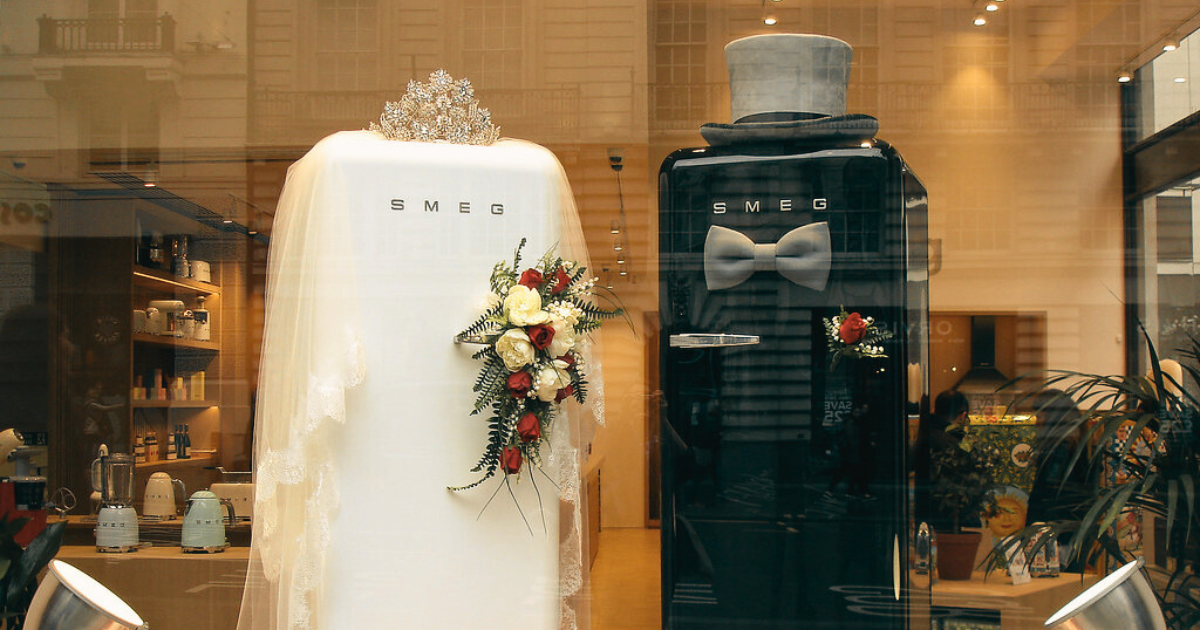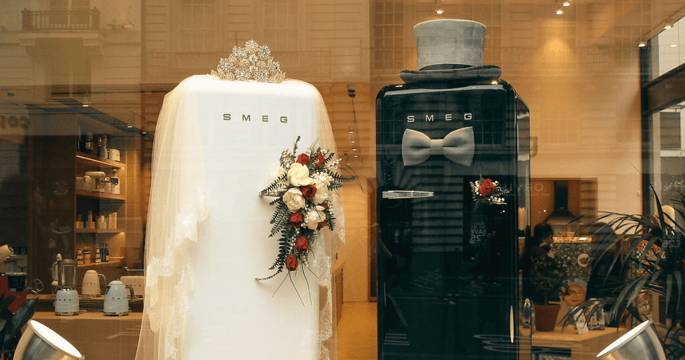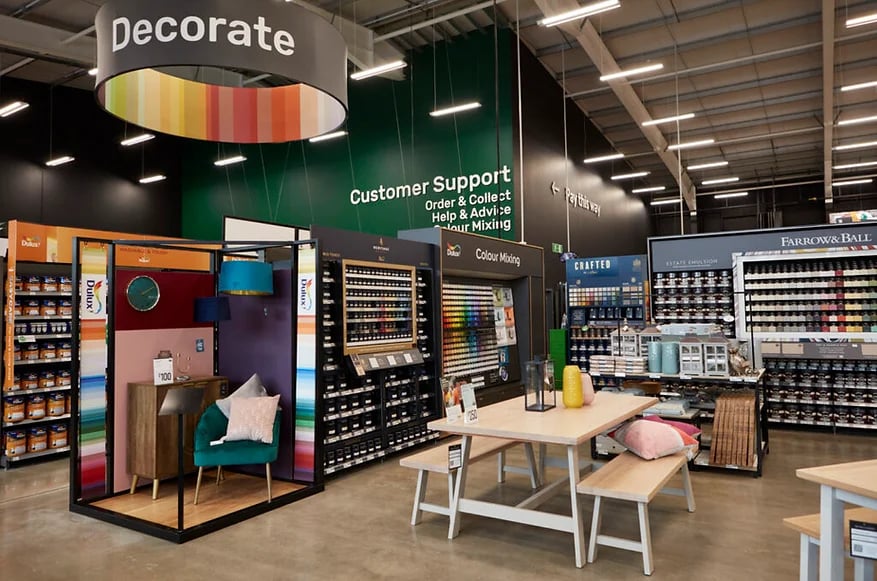From Smeg to Melissa & Doug... Visual Merchandising isn't just for fashion brands!

From Smeg to Melissa & Doug... Visual Merchandising isn't just for fashion brands!
Visual merchandising has long been the domain of fashion retailers who use carefully considered displays to entice consumers into buying. However, in recent years, non-apparel brands are beginning to steal the limelight when it comes to exciting retail experiences. Visual merchandising is about more than big budgets and wow-factor; commercial drivers should be the basis for every VM decision. In essence, every retailer, large or small wants their products to look good and sell better. There are still so many untapped sectors within our high streets that would benefit from championing VM and I have highlighted three main aspects to consider, regardless of product category. They are - techniques, tools and training.
VM Techniques: Smeg's Creative Displays and Innovare's VM Corners Beyond Fashion
The science of consumer behavior has identified many valuable VM techniques. Crucial in influencing how a consumer feels about your brand are creative displays. Smeg, the home appliance manufacturer, are market leaders in using design and color to add excitement into a store. Head of UK Marketing, John Davies and his team try to inject a sense of humour within all of their window displays. He states “in the UK we are a small team and work with a relatively small budget so all of our window displays are designed in house. The color and theme are chosen to put a smile on people’s faces, to make them feel happy for a moment. We had huge success with our ‘Harry and Megan’ window for example, I think every third passerby stopped and looked at that! And that drove brand awareness as well as footfall and sales.”
But how to make less desirable products appealing? Focal points are a solution. Lloyd Blakey of retail consultancy Innovare worked with Homebase on defining category spaces for their huge DIY ranges. “We worked to create a softer looking space in a hard environment by adding in VM corners or ‘vignettes’. These were curated displays that offered pause points amongst the functional racking. It’s important to humanise the shopper journey, to allow customers to slow down and focus on something. Plus, it’s a fact that many shoppers don’t know how to put things together, so these small spaces offered them triggers to see how items could look together and to make sense of them.” For Homebase’s ‘Storage & More’ category using this technique resulted in a 20% increase in sales.
An array of VM techniques used predominantly in fashion can all be applied to functional products. Whether its boosting footfall, improving customer retention or increasing average spend, there is a VM solution to whichever KPI a retailer finds challenging.
VM Tools: Melissa & Doug's Streamlined Success and Clogau Jewellers' Interactive Signage
Once these techniques have been established, retailers need a way to communicate those strategies. Guidelines and planograms facilitate collaboration by allowing a better visual of the overall plan. Within fashion these are usually produced seasonally but in non-apparel they can be constantly adaptable sales tools.
Manufacturer, Melissa & Doug who supply children’s products use IWD planogram software to streamline processes and boost productivity. Vianny Oppedisano, National Account Senior Specialist, says "The solution has completely changed our workflow dynamics. We're now more agile and responsive to market changes. Tasks that used to take days now take hours, thanks to the efficiency of the software." She states that by using planograms, it has been possible for them to build a case for their product within previously challenging selling spaces and has therefore created new sales opportunities.
For the customer, signage and POS is an important silent selling tool. Lloyd Blakey cites a digital catalogue used in Clogau Jewellers as a great example. “The tool already existed for internal use; we just brought it onto the shop floor by adding it to display cases as interactive touchscreens. The content offered product information, divided by different bridal styles that the customer was able to identify with, making the sales process feel much more bespoke. It communicated the provenance and workmanship behind each item which also added value to the products - a key selling technique for such a personal purchase.” Sales at the Cardiff store increased by 20%.
VM TRAINING: Empowering Retail Teams - Shifting Perspectives in VM
Many retailers whose product categories are based on function rather than aesthetics, have an incredibly strong commercial culture, but teams can lack an understanding of how to use creativity to their advantage.
One learning that has stood out from personal experience, is that having all of the strategies in place is fundamental, but success is hard to come by unless your team believe in them. I’ve spent a lot of time training teams within the automotive industry on visual merchandising and I know it is tricky to convince sales people of the benefits, unless you directly relate to numbers. Change is often difficult where traditional sales patter or commissions are the focus, resulting in many industries not have a ‘merchandising culture’.
Ensuring teams understand what a brand appropriate space looks like, why that is important and how that can increase sales is vital. Training can create ‘lightbulb moments’ for staff members who were not previously aware of this as a style of selling. VM training is woefully underutilized within most retailers but can really be key to having a synchronized, focussed team.
FINAL WORDS
Fashion is far from being the only sector that can thrive in a unique retail environment. For customers looking for functional or non-apparel products, the shopping experience is just as important to improving sales. It is a missed opportunity for our industry if these types of goods are not showcased in unique, well-designed stores that are based on the same science of customer behavior used by leading fashion brands.
Follow IWD on Facebook, LinkedIn, and Instagram or subscribe to our newsletter.






